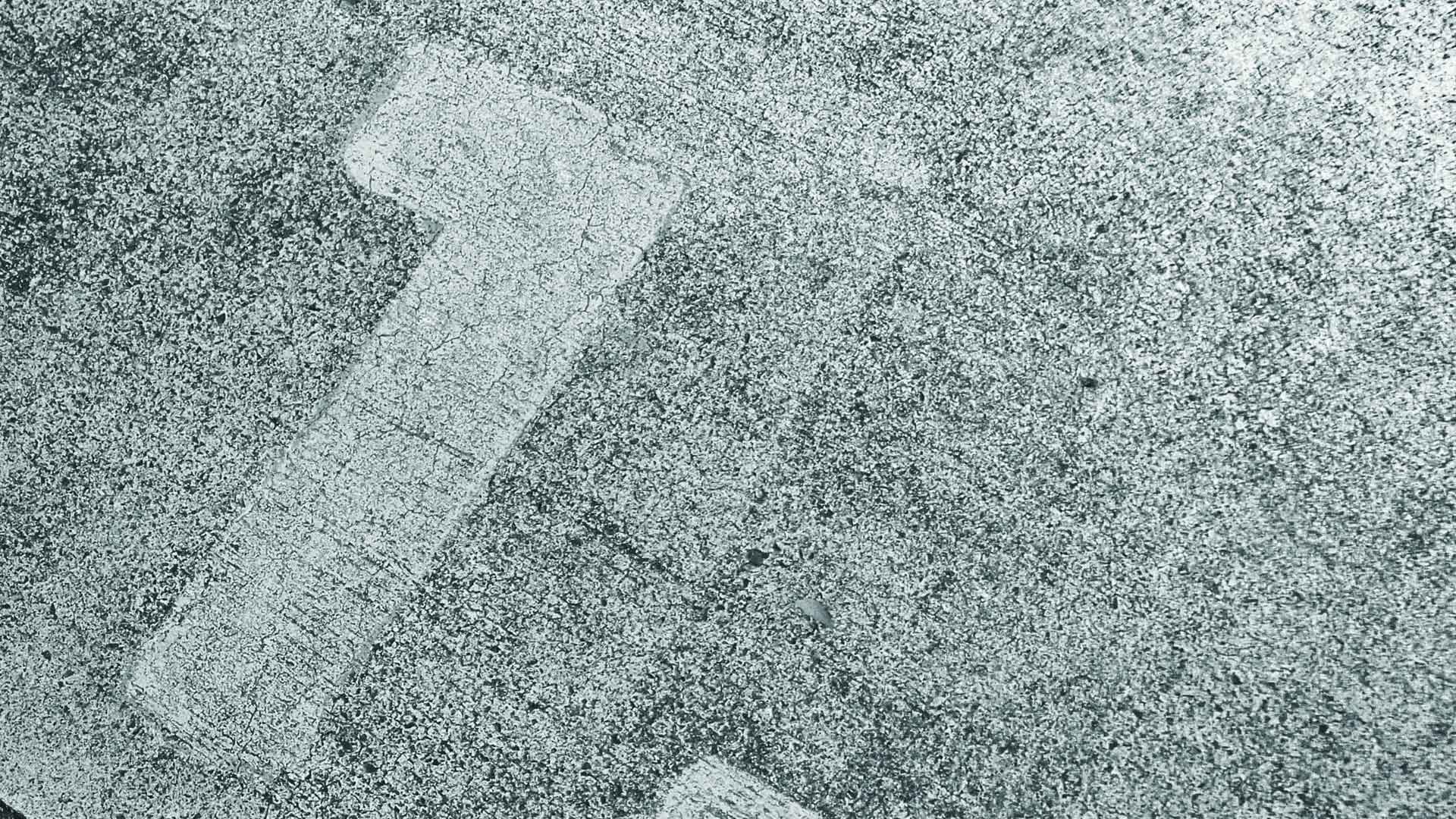TELLUZ
How ethical is your organization?
Roadmap
We develop a Telluz scan in collaboration with the client from the start. This partnership ensures that the scan aligns with the specific needs and context of the organisation.
1. Intake
The first step is the Intake, in a live meeting. The intake is an essential phase as it provides an opportunity to lay a strong foundation for the rest of the scan. During this meeting, those responsible for the scan and the representatives can get to know each other, fostering trust and open communication between both parties.
The purpose of the intake is also to clarify what exactly needs to be measured. By jointly defining the scope of the scan, all stakeholders can share their expectations and objectives. This helps ensure that the scan addresses relevant aspects of the organisation’s integrity and doesn’t overlook crucial elements.
During the intake, any questions or concerns can also be discussed, such as privacy issues, preferred reporting format, and the timeline for the scan process. This promotes a good understanding of the scan and allows stakeholders to align and address any uncertainties.
2. Developing the questionnaire
A crucial step in this process is selecting examples on which to base the scan. The more carefully these examples are chosen, the more accurate the final integrity picture will be. When selecting them, the organisation’s values, norms, and codes of conduct are taken into consideration. These examples should represent the organisation’s desired integrity level and ethical standards.
It is crucial to involve the client and other relevant stakeholders in this process as they have a good understanding of the specific context and challenges within the organisation.
3. Informing the organization
The communication of the upcoming scan is the next important step. An unexpected scan can often meet resistance, while an announced scan that is embedded in a broader process of change and training is better accepted. It is essential to inform employees about the purpose and benefits of the scan, as well as the role they can play in improving integrity within the organisation.
Positing the scan as part of a larger process of change and training, can increase awareness, and employees can be motivated to participate actively. Additionally, it is crucial to provide employees with an opportunity to ask questions and express any concerns in advance.
Open and transparent communication can increase trust and promote acceptance of the scan.
4. The scan
The fourth step in the process is the Telluz scan itself, where data is collected on employees’ moral compass, its translation into behaviour in the workplace, employees’ ability for self-reflection, and their preference for a specific intervention.
It is crucial for as many employees as possible to participate, as a representative sample is most valuable for a reliable analysis of the organisation’s integrity culture. A high participation rate increases the accuracy and representative nature of the results.
To motivate employees to participate in the scan, it is important to reassure them that the scan is completely anonymous. This allows them to freely share their opinions and experiences without fear of repercussions. Ensuring anonymity creates a safe environment in which employees can openly discuss their experiences regarding integrity and ethics.
Additionally, it is essential to be transparent about the follow-up to the scan. Employees must trust that the results will be taken seriously, and actions will be taken based on the findings.
The promise that the results will be acted upon motivates employees to actively participate in the scan, knowing that their voice is heard and improvements will follow.
5. Data analysis
This is where our behavioural experts take over. They use various data analysis techniques to gain insights from the organized data. These analyses include identifying trends, patterns, and correlations. The goal is to draw meaningful conclusions and reveal valuable insights that are relevant to understanding the scan and addressing specific issues.
Graphs, charts, and other visual representations are created to communicate the findings in a clear and concise manner. These visual representations provide a powerful means of making complex information understandable and enable our clients to quickly grasp the key aspects of the Telluz scan.
6. Reporting meeting
The Reporting meeting is a significant moment in the Telluz scan process. During this live meeting, we not only share our findings and analyses but also provide our client with a powerful insight into the essential aspects of the Telluz scan. We present the trends, insights, and statistics discovered during the detailed analysis, using compelling visual aids to make the data understandable and accessible.
However, it is essential to emphasise that evaluating and interpreting the results lies in the hands of the client. While we, as experts, identify trends and provide valuable insights, it is ultimately the client who must assess the outcomes in the light of their specific objectives and expectations.
Our role during the reporting meeting is to act as a reliable guide and provide all necessary context and support. We answer questions, clarify any uncertainties, and provide additional information when needed. This allows the client to make well-informed decisions based on the presented data. It is crucial to enable the client to determine whether the presented trends are acceptable or not, and whether any changes or interventions are necessary. This empowers the client to translate the insights into concrete actions that align with their specific goals and needs.






